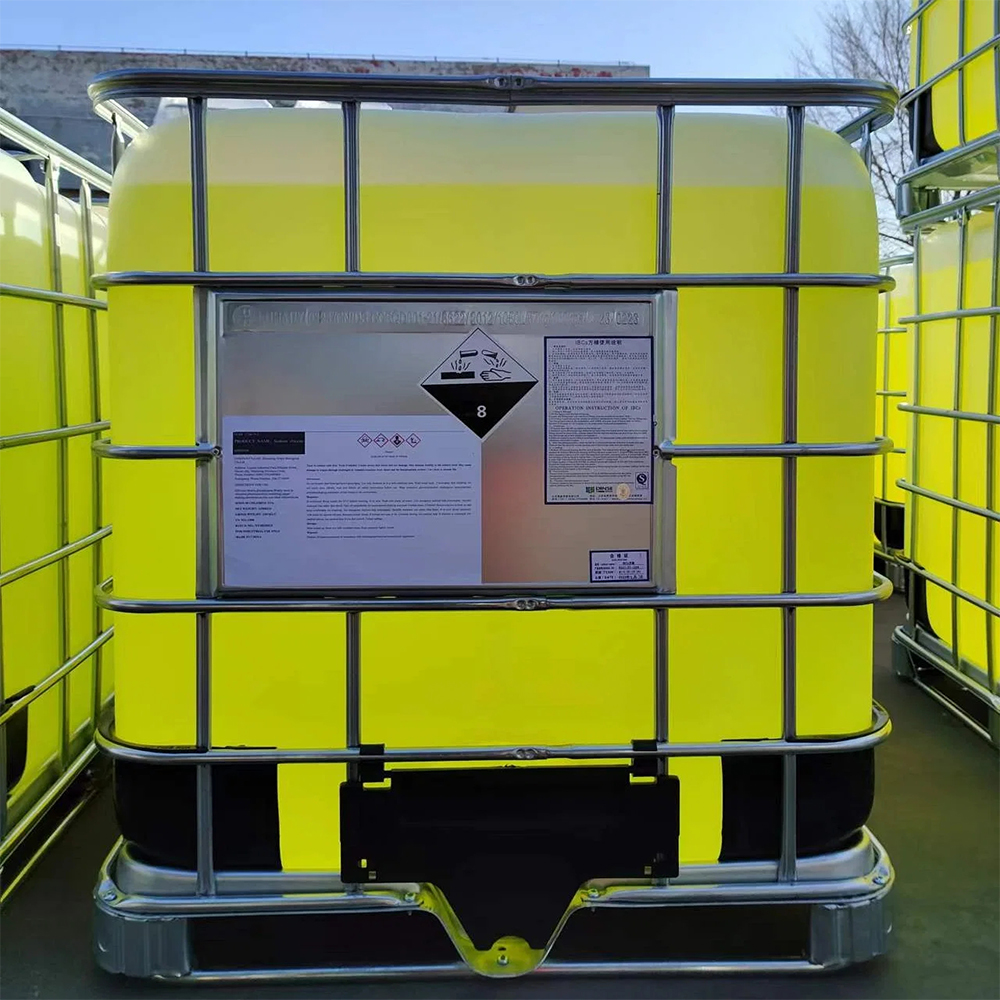



sodium sulfide solution sds
Sodium Sulfide Solution Safety Data Sheet (SDS) Overview
Sodium sulfide (Na2S) is an important industrial chemical utilized in various applications, including mining, paper manufacturing, and wastewater treatment. As with all chemicals, safety is paramount, and understanding the properties and hazards associated with sodium sulfide solutions is crucial for anyone handling this substance. This article provides an overview of the essential aspects of sodium sulfide solutions derived from a Safety Data Sheet (SDS).
Chemical Properties
Sodium sulfide typically appears as a yellow to red-brown solid or can be found in solution form. When dissolved in water, sodium sulfide yields a strongly alkaline solution with a high pH. Sodium sulfide solutions are denser than water, and their reactivity can produce hydrogen sulfide (H2S) gas, especially when in contact with acids or acidified materials. Both sodium sulfide and its aqueous solutions are soluble in water, and the solubility increases with temperature.
Hazards Identification
Sodium sulfide solutions are classified as harmful and can pose several health hazards
. The primary risks associated with exposure include1. Toxicity Sodium sulfide can be toxic upon ingestion or if inhaled. It can cause serious damage to internal organs, particularly the liver and kidneys. 2. Irritation Skin or eye contact can lead to severe irritation or burns. It is important to avoid direct contact to prevent injury.
3. Environmental Hazards Sodium sulfide is harmful to aquatic life. Releases into waterways can cause significant ecological damage, emphasizing the need for proper disposal and management.
4. Hydrogen Sulfide Release The potential generation of hydrogen sulfide gas poses an additional risk, as H2S is a highly toxic and flammable gas with a characteristic rotten egg smell. Elevated levels of hydrogen sulfide can lead to serious health issues, including respiratory failure.
sodium sulfide solution sds

First Aid Measures
In the event of exposure to sodium sulfide solutions, immediate first aid actions are crucial. If skin contact occurs, remove contaminated clothing and wash the affected area with plenty of water for at least 15 minutes. For eye exposure, flush the eye with water or saline for at least 15 minutes and seek medical advice promptly. If ingested, do not induce vomiting; instead, contact a medical professional immediately. If inhaled, remove the person to fresh air and seek medical attention if symptoms persist.
Handling and Storage
When handling sodium sulfide solutions, it is vital to take appropriate precautions. Personal protective equipment (PPE) should include gloves, safety goggles, and protective clothing to minimize risk. Work areas should be well-ventilated to reduce the inhalation risk of hazardous fumes. Containers holding sodium sulfide should be clearly labeled and stored in a cool, dry place, away from incompatible materials such as acids and strong oxidizers.
Disposal Considerations
Sodium sulfide solutions should never be poured down the drain or released into the environment due to their toxicity. It is essential to follow local regulations regarding hazardous waste disposal. Dispose of sodium sulfide in accordance with local, state, and federal regulations, ensuring that waste is treated as a hazardous material.
Conclusion
Sodium sulfide solutions are widely used in industrial applications but come with significant hazards that must be managed carefully. Understanding the properties of sodium sulfide, recognizing its potential health risks, and following safety protocols are essential for anyone handling this chemical. Thorough training, proper PPE, and adherence to safety guidelines not only safeguard workers but also protect the environment from potential harm. For detailed information, always consult the Safety Data Sheet (SDS) for sodium sulfide, which provides comprehensive data on its hazards, handling, storage, and emergency measures. By prioritizing safety and adhering to best practices, industries can effectively manage the risks associated with sodium sulfide solutions.
-
Why Sodium Persulfate Is Everywhere NowNewsJul.07,2025
-
Why Polyacrylamide Is in High DemandNewsJul.07,2025
-
Understanding Paint Chemicals and Their ApplicationsNewsJul.07,2025
-
Smart Use Of Mining ChemicalsNewsJul.07,2025
-
Practical Uses of Potassium MonopersulfateNewsJul.07,2025
-
Agrochemicals In Real FarmingNewsJul.07,2025
-
Sodium Chlorite Hot UsesNewsJul.01,2025










